In the captivating world of chocolates, milk chocolate stands out with its sweet, creamy profile, delighting taste buds across the globe. But what goes into crafting this indulgent treat? The journey from cocoa bean to milk chocolate is a meticulous process, a true art form celebrated by chocolate artisans everywhere.
This article unfurls the magic behind milk chocolate production, focusing on the core principles and the meticulous steps that breathe life into each bar.
Selecting Cocoa Beans: The Heartbeat of Milk Chocolate's Flavor
The flavor journey of milk chocolate begins with cocoa beans, the heart of it all. Different regions cultivate cocoa beans with distinct flavor profiles. The purity and personality of these beans play a pivotal role in defining the chocolate's final taste.
Beans sourced from regions like Venezuela or Ghana, for instance, can offer a unique bouquet of flavors ranging from fruity notes to nutty undertonesSelecting high-quality beans is essential not only for achieving the desired flavor but also for ensuring the richness and smoothness that are characteristic of milk chocolate.
Harvesting, Fermenting, and Drying: Unlocking the Beans' Potential
Once the cocoa beans are chosen, the next step is the meticulous process of harvesting. Cocoa pods, which typically have two harvest seasons annually, are carefully picked to ensure qualityInside these pods lie the cocoa beans surrounded by mucilage— a sugary pulp. Fermentation is where the magic really starts, as this process nurtures the development of the beans' organoleptic properties. Over several days, the mucilage breaks down, influencing the beans’ final flavor.
Following fermentation, drying is essential. This step not only prevents spoilage but also enhances flavor characteristics. Sun-drying is a traditional method that allows gradual moisture reduction, ultimately preparing the beans for roasting .
Roasting and Grinding: Enriching the Flavor
Roasting is an alchemical process transforming the beans into aromatic gems. The temperature and duration of roasting are crucial; typically, beans are roasted at approximately 120°C for 20-30 minutes
This stage develops flavors while reducing acidity. For milk chocolate, which seeks a subtle balance between creamy sweetness and cocoa richness, perfect roasting is key.
Once roasted, the beans are cracked and winnowed, leaving behind nibs. These nibs undergo grinding, which turns them into cocoa liquor—the pure essence of chocolate. The grinding process reduces the particle size, crucial for the smooth texture associated with milk chocolate.
Conching and Refining: Crafting Creaminess
Conching is akin to a long, gentle massage for the chocolate, eliminating acidity while smoothing the texture. During this process, which can span from 10 hours to 48 hours, the chocolate achieves its signature silkinessThe role of particle size reduction here cannot be overstated. Ensuring that particles are small enough prevents the chocolate from feeling gritty, enhancing the creamy mouthfeel that milk chocolate lovers adore.
Tempering and Moulding: Sculpting the Chocolate Bar
Tempering is an intricate dance of temperature adjustments that stabilizes cocoa butter crystallization, ensuring a shiny finish and a satisfying snap. While many artisans fondly use the traditional method of cooling chocolate on marble countertops, modern techniques also employ machines to achieve consistent resultsFollowing tempering, the chocolate is moulded, shaped, and allowed to set, transforming molten beauty into final form.
Milk Chocolate Ingredients and Their Perfect Harmony
The defining feature of milk chocolate is its ingredient list: cocoa mass, cocoa butter, sugar, milk powder, soy lecithin, and vanilla. To be classified as milk chocolate, it must contain at least 25% cocoa solids and 14% milk-derived substances. The milk powder lightens the color, infusing the chocolate with a creamy texture and sweet caramel-like notesThis balance of ingredients contributes to its signature light brown color and decadently smooth flavor profile.
Making Homemade Milk Chocolate: From Kitchen to Connoisseur
Crafting milk chocolate at home can be a rewarding experiment, allowing you to control sweetness and customize flavors. Start with cacao butter, raw cacao powder, powdered sugar, and milk powder. A useful tip is to gently melt the cacao butter and gradually whisk in the other ingredients, ensuring a smooth blend. For an enhanced texture, grind the mixture to refine it. Finally, pour the blend into moulds and allow it to set .
Homemade chocolate lets you experiment with different ingredients, like using coconut sugar or adding a hint of cinnamon for a unique twist. Plus, it offers a healthier alternative with fewer additives.
Commercial Milk Chocolate Production: Scaling the Sweetness
For larger-scale production, stringent industry standards guide the process. Production facilities follow rigorous quality control to meet standards like the required cocoa and milk substance percentagesSuccessful brands in the industry have excelled by emphasizing transparency in sourcing and production.
Recent industry trends highlight a shift towards sustainability. The rise of bean-to-bar chocolate producers emphasizes ethical sourcing and production transparency, responding to consumer demands for sustainability and quality .
As we glimpse the future, innovation remains the key. Predictive trends suggest an increased focus on sustainable practices and new flavor profiles that marry tradition with modern palate preferences.
Conclusion
Crafting milk chocolate is fascinating, marked by intricate processes and creative flair. From selecting the perfect cocoa beans to the final snap of a chocolate bar, each step is a testament to both science and artistry. Whether you’re a home chocolatier or simply a connoisseur, understanding these steps deepens appreciation for this beloved indulgence. Let's savor every bite, celebrating the harmony of flavors and textures that milk chocolate uniquely imparts.

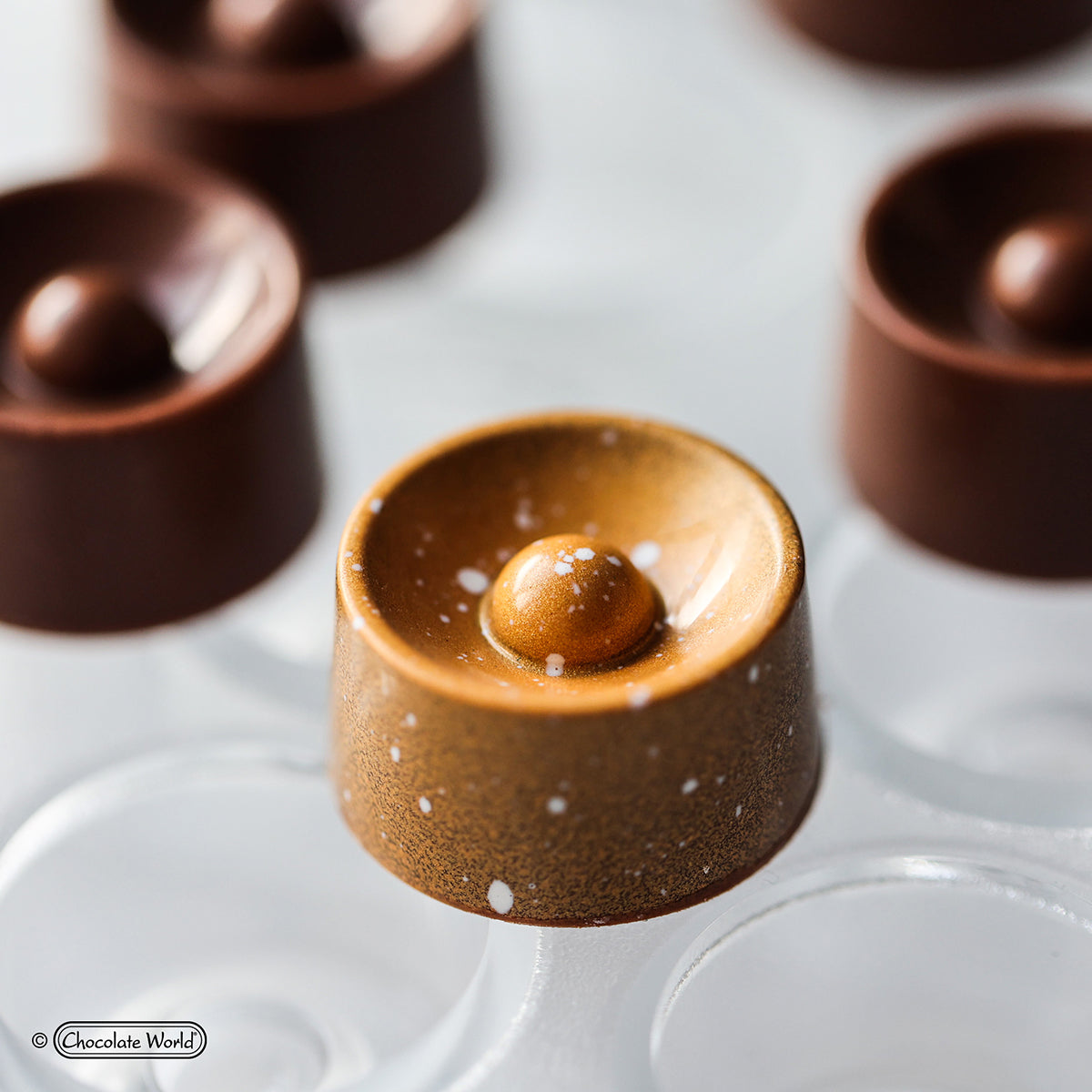
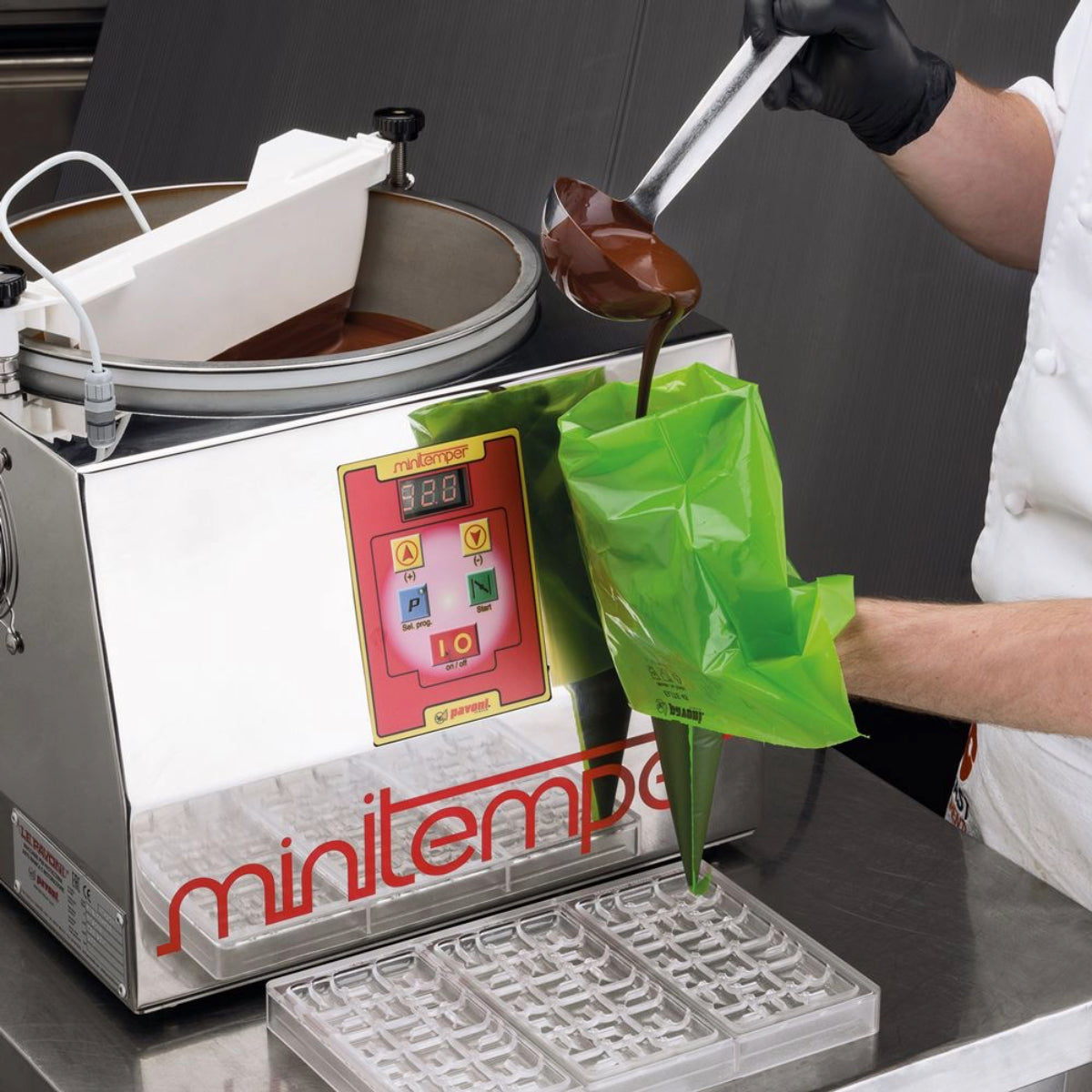
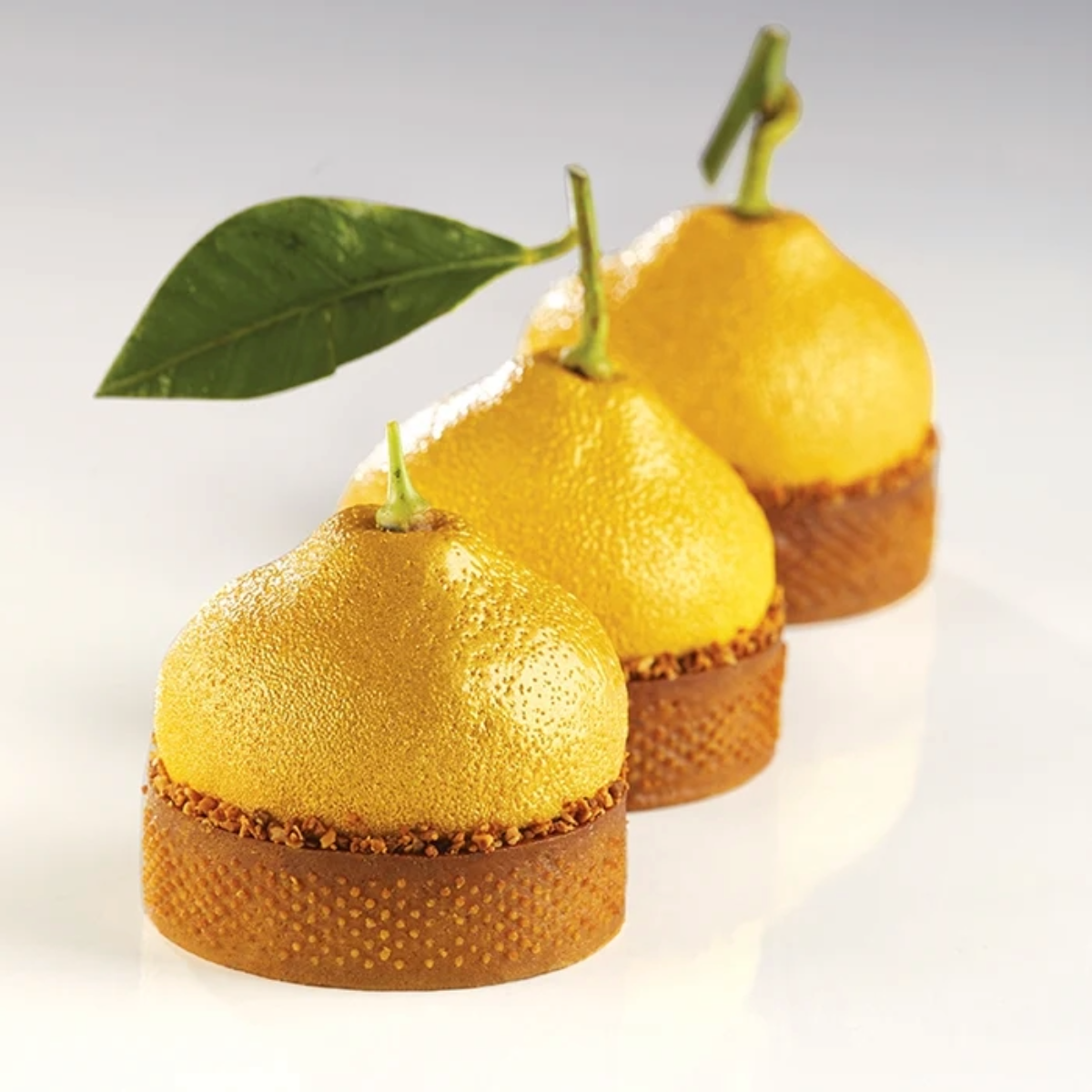
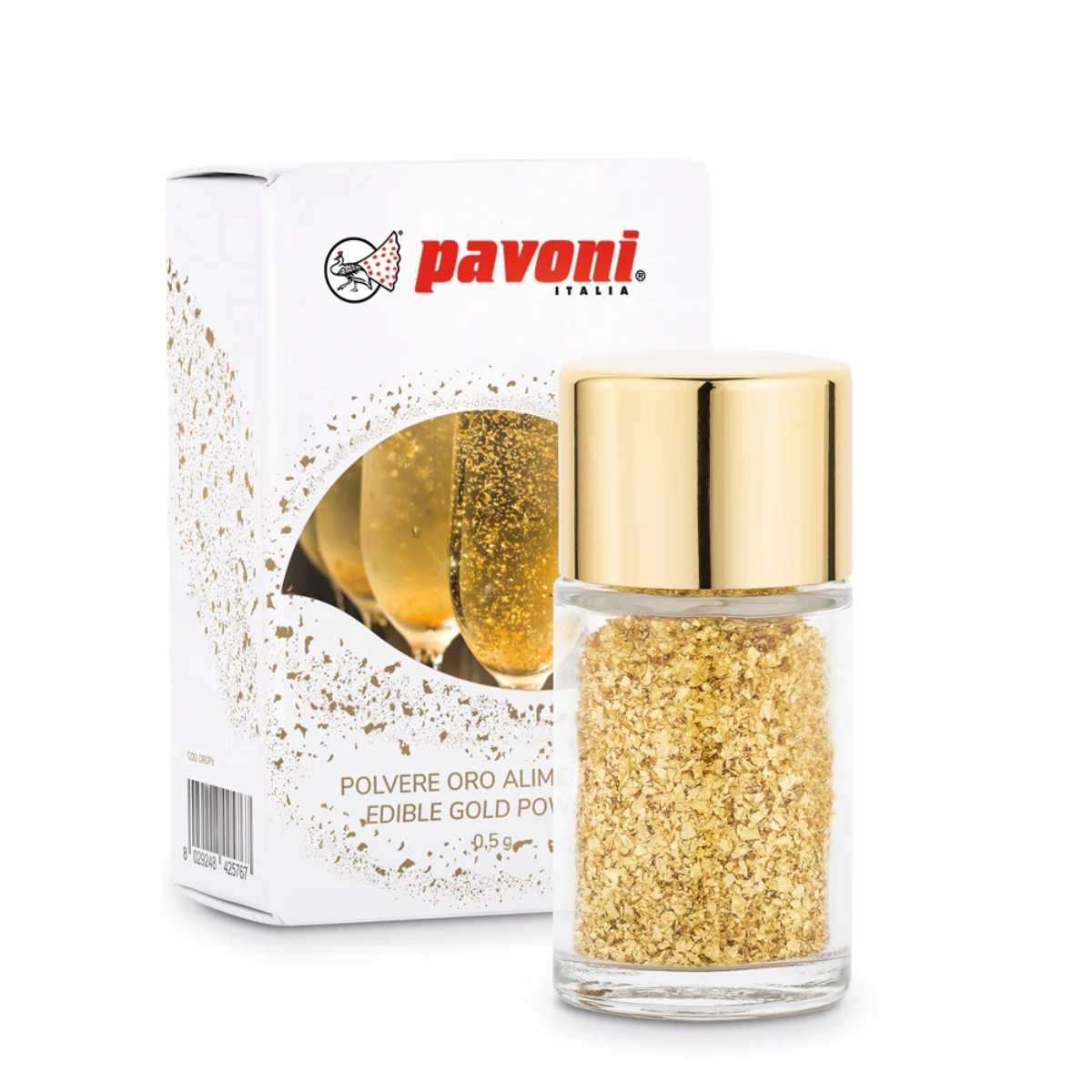




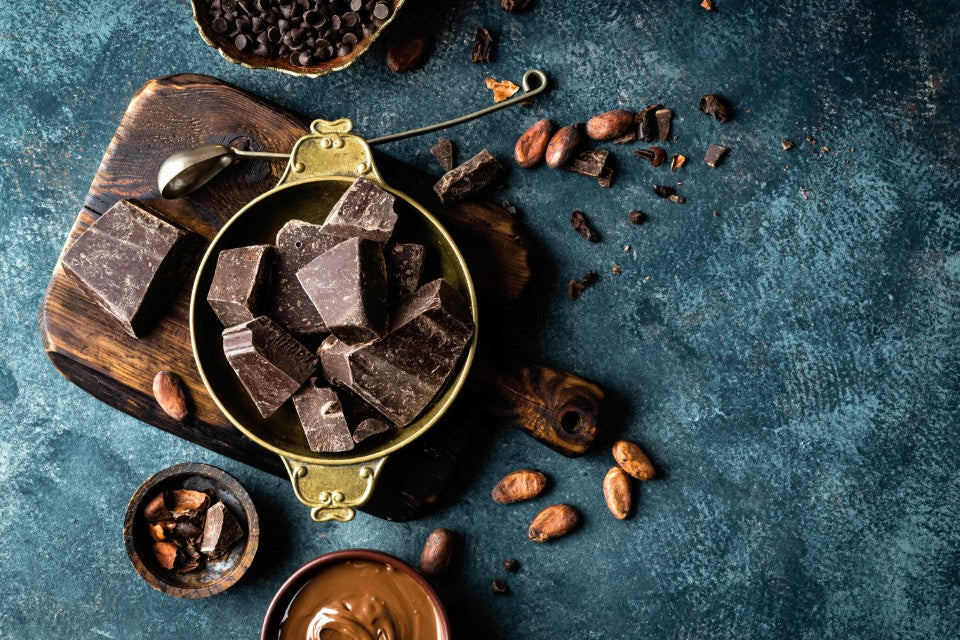





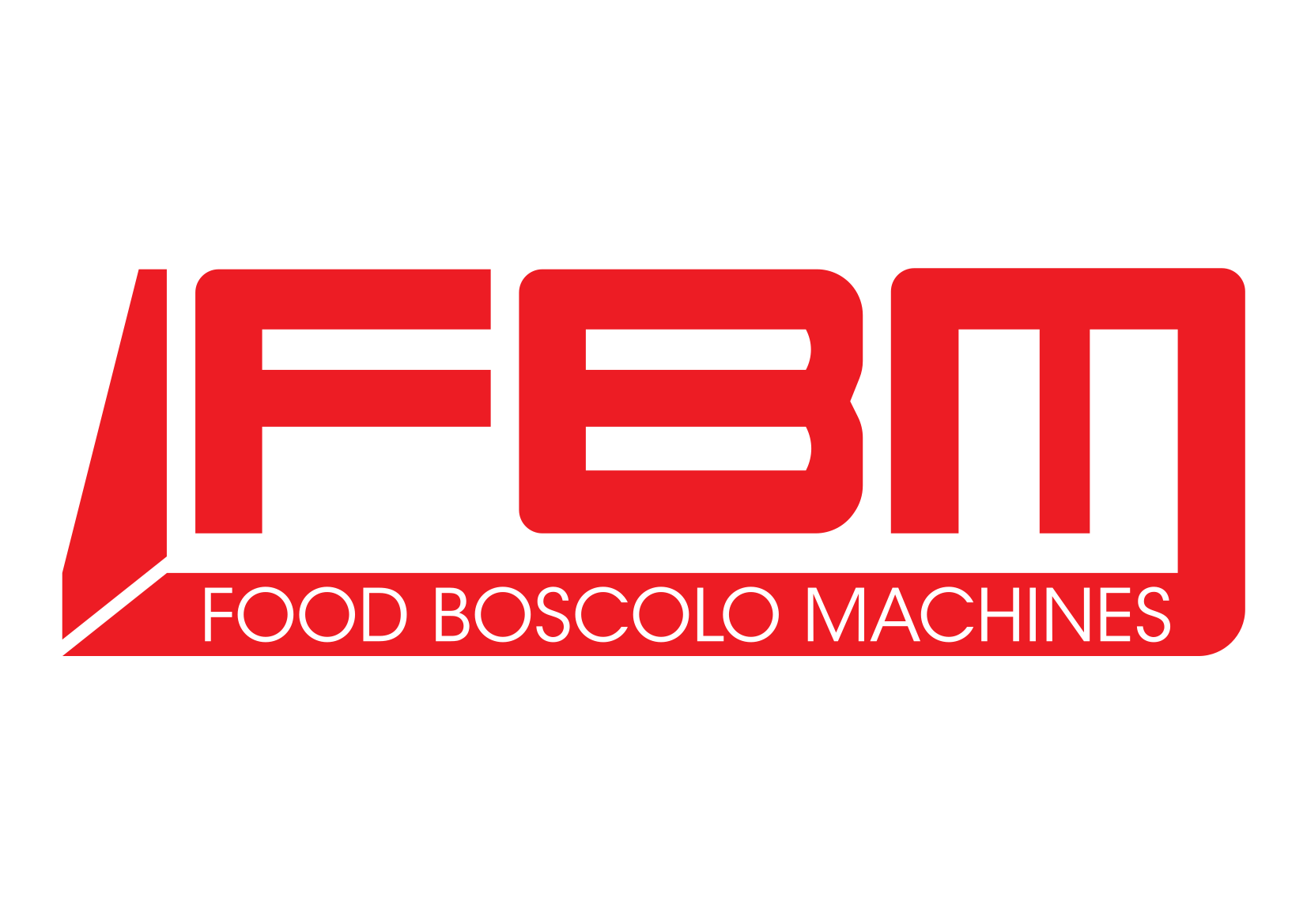

















Dejar un comentario
Este sitio está protegido por hCaptcha y se aplican la Política de privacidad de hCaptcha y los Términos del servicio.